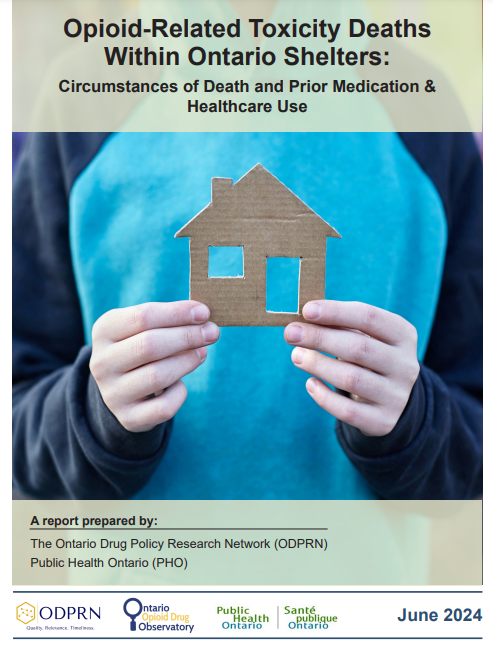By the United Nations Office on Drugs and Crime
A global reference on drug markets, trends and policy developments, the World Drug Report offers a wealth of data and analysis and in 2024 comprises several elements tailored to different audiences. The web-based Drug market patterns and trends module contains the latest analysis of global, regional and subregional estimates of and trends in drug demand and supply in a user-friendly, interactive format supported by graphs, infographics and maps. The Key findings and conclusions booklet provides an overview of selected findings from the analysis presented in the Drug market patterns and trends module and the thematic Contemporary issues on drugs booklet, while the Special points of interest fascicle offers a framework for the main takeaways and policy implications that can be drawn from those findings.
As well as providing an in-depth analysis of key developments and emerging trends in selected drug markets, the Contemporary issues on drugs booklet looks at several other developments of policy relevance. The booklet opens with a look at the 2022 Taliban ban on the cultivation and production of and trafficking in drugs in Afghanistan and its implications both within the country and in transit and destination markets elsewhere. This is followed by a chapter examining the convergence of drug trafficking and other activities and how they affect natural ecosystems and communities in the Golden Triangle in South-East Asia. The chapter also assesses the extent to which drug production and trafficking are linked with other illicit economies that challenge the rule of law and fuel conflict. Another chapter analyses how the dynamics of demand for and supply of synthetic drugs vary when the gender and age of market participants are considered. The booklet continues with an update on regulatory approaches to and the impact of legalization on the non-medical cannabis market in different countries, and a review of the enabling environment that provides broad access to the unsupervised, “quasi-therapeutic” and non-medical use of psychedelic substances. Finally, the booklet offers a multi-dimensional framework on the right to health in the context of drug use; these dimensions include availability, accessibility, acceptability, quality, non-discrimination, non-stigmatization and participation.
The World Drug Report 2024 is aimed not only at fostering greater international cooperation to counter the impact of the world drug problem on health, governance and security, but also at assisting Member States in anticipating and addressing threats posed by drug markets and mitigating their consequences.
The emergence of new synthetic opioids and a record supply and demand of other drugs has compounded the impacts of the world drug problem, leading to a rise in drug use disorders and environmental harms, according to the World Drug Report 2024 launched by the UN Office on Drugs and Crime (UNODC) today.
“Drug production, trafficking, and use continue to exacerbate instability and inequality, while causing untold harm to people’s health, safety and well-being,” said Ghada Waly, Executive Director of UNODC. “We need to provide evidence-based treatment and support to all people affected by drug use, while targeting the illicit drug market and investing much more in prevention.”
The number of people who use drugs has risen to 292 million in 2022, a 20 per cent increase over 10 years. Cannabis remains the most widely used drug worldwide (228 million users), followed by opioids (60 million users), amphetamines (30 million users), cocaine (23 million users), and ecstasy (20 million users).
Nitazenes – a group of synthetic opioids which can be even more potent than fentanyl – have recently emerged in several high-income countries, resulting in an increase in overdose deaths.
Though an estimated 64 million people worldwide suffer from drug use disorders, only one in 11 is in treatment. Women receive less access to treatment than men, with only one in 18 women with drug use disorders in treatment versus one in seven men.
In 2022, an estimated 7 million people were in formal contact with the police (arrests, cautions, warnings) for drug offences, with about two-thirds of this total due to drug use or possession for use. In addition, 2.7 million people were prosecuted for drug offences and over 1.6 million were convicted globally in 2022, though there are significant differences across regions regarding the criminal justice response to drug offences.
The Report includes special chapters on the impact of the opium ban in Afghanistan; synthetic drugs and gender; the impacts of cannabis legalization and the psychedelic “renaissance”; the right to health in relation to drug use; and how drug trafficking in the Golden Triangle is linked with other illicit activities and their impacts.
Vienna: United Nations Office on Drugs and Crime UNODC,
2024. 169p.





















